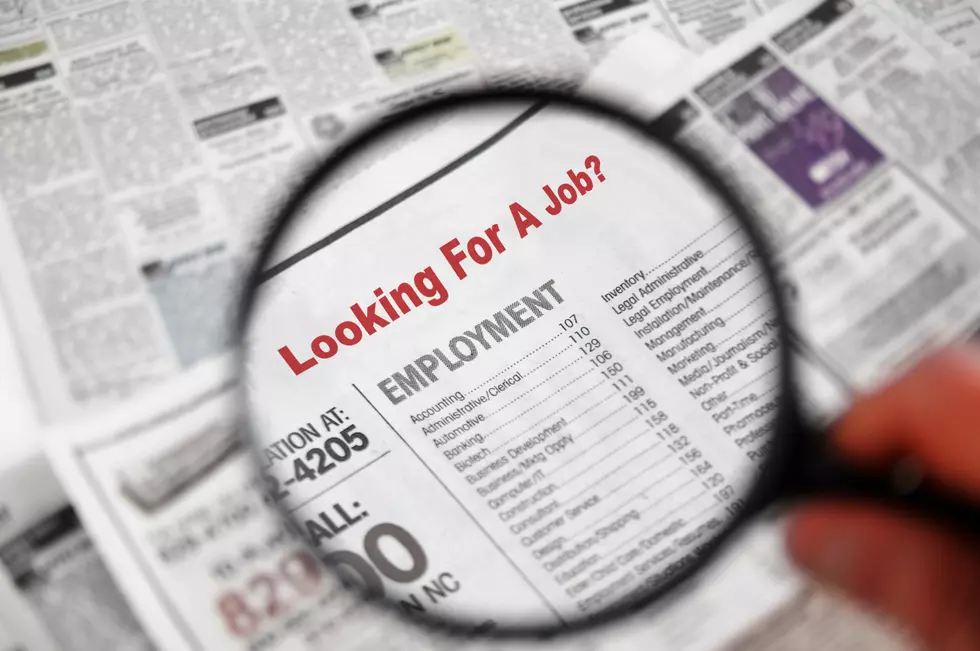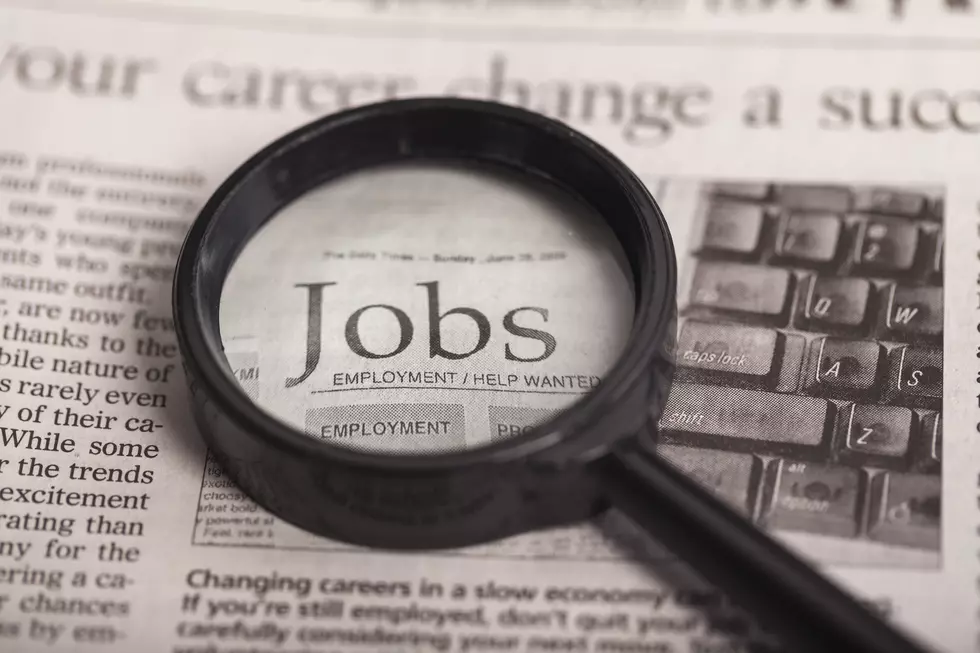
Top workplace hazards in 2021 — NJ releases public-sector list
Based on inspections of public-sector workplaces conducted across the state, the New Jersey Department of Labor has released a list of the top hazards reported in 2021.
The list is compiled annually by NJDOL's Office of Public Employees Occupational Safety and Health, and is meant to raise awareness of the most common risks leading into the new year.
"Consider it a wake-up call for the industries we regulate," said Howard Black, NJDOL assistant commissioner for the division of public safety and occupational safety and health. "They can look at this and see whether or not it's something they need to address."
Public- and private-sector employers can request an on-site consultation from PSEOH, in order to get ahead of potential dangers for workers.
"We don't issue orders to comply based on those findings — we issue a report, and the employer has to agree to fix whatever we find," Black said.
NJDOL's top 10 safety and health hazards in public-sector workplaces (2021)
10. Hazards to firefighter – noncompliance with a New Jersey Administrative Code for firefighters that covers regulations involving turnout gear, apparatus, fire department organizational structure, duties and special services performed, training, self-contained breathing apparatus, and safety protocols.
9. Issues in confined spaces – lack of permit or improper mitigation of hazards in confined spaces that may create an unsafe work area; confined spaces built in such a way that someone entering could be asphyxiated or trapped.
8. Insufficient fire prevention efforts – flammable or combustible materials stored improperly; no plan for preventing unintentional ignition.
7. Lack of communications regarding hazardous substances – insufficient communication regarding on-site toxic or hazardous materials and their use; lack of instruction for users on how to handle materials or what protection to wear; no instructions on what to do if an accidental exposure occurs.
6. Improper storage – materials stacked in an unstable manner or stored improperly; moving materials without applicable training.
5. Walking hazards – open holes in floor or ground; no guardrails on elevated platforms; no railings on storms; tripping and slipping hazards.
4. No machine guards – machinery points of operation or moving parts not covered to prevent injury.
3. Hazardous energy not controlled – power not disengaged or locked out before servicing starts on heavy machinery; stored energy not released from machine before performing maintenance, such as air being released from an air compressor.
2. Electrical issues – risks of electrical shock, electrocution, or electrical fires; overloaded circuits or power cords; electrical exposures in wet or damp locations; exposed electrical conductors and ungrounded electrical connections or equipment.
1. Lack of exit routes or emergency plans – no emergency evacuation plan or means of accounting for evacuated employees in an emergency; exits blocked or not clearly marked.
Contact reporter Dino Flammia at dino.flammia@townsquaremedia.com
Inventions you probably didn't know are New Jersey born
How to get from Monmouth/Ocean to the Holland Tunnel without paying tolls
More From 105.7 The Hawk










